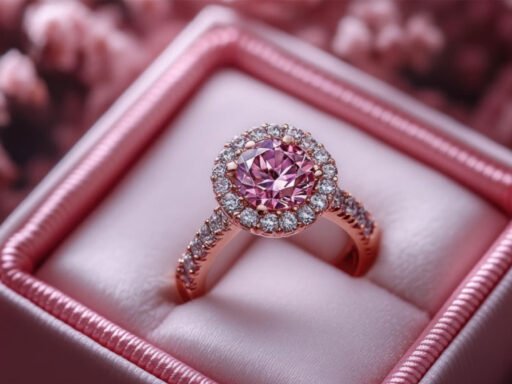A jewellery collection can be a remarkably valuable thing to own and something that goes largely unused by many people. According to one survey published by The Daily Mail, the typical jewellery collection in the UK had a value of £6,000 (roughly $7,8000 USD). Even more surprisingly, only about 33% of jewellery in those collections was worn on a regular basis, meaning that as much as $5,000 USD of unworn jewellery is lying around in those collections.
Before you rush off to your own jewellery collection, consider that the survey, conducted by a luxury jewellery company, may have skewed the results. Don’t expect any big surprises if you’ve spent most of your life accumulating jewellery made out of tungsten or stainless steel. However, if you have a substantial amount of gold, silver, or precious stones, your collection is likely to be worth more.
Bullion buyers such as Muzeum are among the best options for selling such collections. They typically offer better prices than second-hand jewellers or pawnshops. While luxury brands and in-demand collections can often be resold, other types of jewellery are often recycled for their precious metal content.
Once you’ve sold, the question becomes: what do you do with the funds? These financial plans will help you optimize the capital you raise from selling a high-end jewellery collection.
#1 Pay Down High-Interest Debt
Your jewellery collection is what’s known as a nonproductive asset. This refers to any asset that does not generate income or produce a dividend. Assets like bonds, dividend-generating stocks, rental properties, or your own business are considered productive assets because they generate income. Precious metals don’t, and their value only increases when the speculative value of gold or silver increases.
One of the best reasons to sell a nonproductive asset is to pay off debt, especially high-interest debts that continue to cost you month after month.
#2 Start Your Own Seed Fund
If you’ve ever dreamed of starting your own business and being your own boss, consider the costs that come with it. You’re going to need seed capital. Seed capital is the finance you need for a startup, usually provided by private investors in exchange for equity in a company, or it can be the loan from a bank that you need to cover your expenses before you start bringing in any revenue.
Unfortunately, many small businesses can’t get a loan without the owner putting up collateral of their own, such as equity in their home. Even getting a private investor involved can be expensive down the road. The more equity you give up now, the more you’re parting ways with future profits.
Funding as much of your own business as possible is part of the road to success.
#3 Invest in Your Retirement
The logic of retirement saving is based on the ability of your savings to grow. Appreciation, dividends, and interest rates take the money you set aside from working and help it grow to a size you never could have saved on your own.
Time is as important as money when it comes to retirement savings, thanks to the power of compounded growth. If you can raise extra funds to invest in your retirement savings now, it’s a pursuit that will benefit you down the road.
Selling jewellery can be a smart financial decision that raises funds right away. What you do with that money can set you up for even more success.





